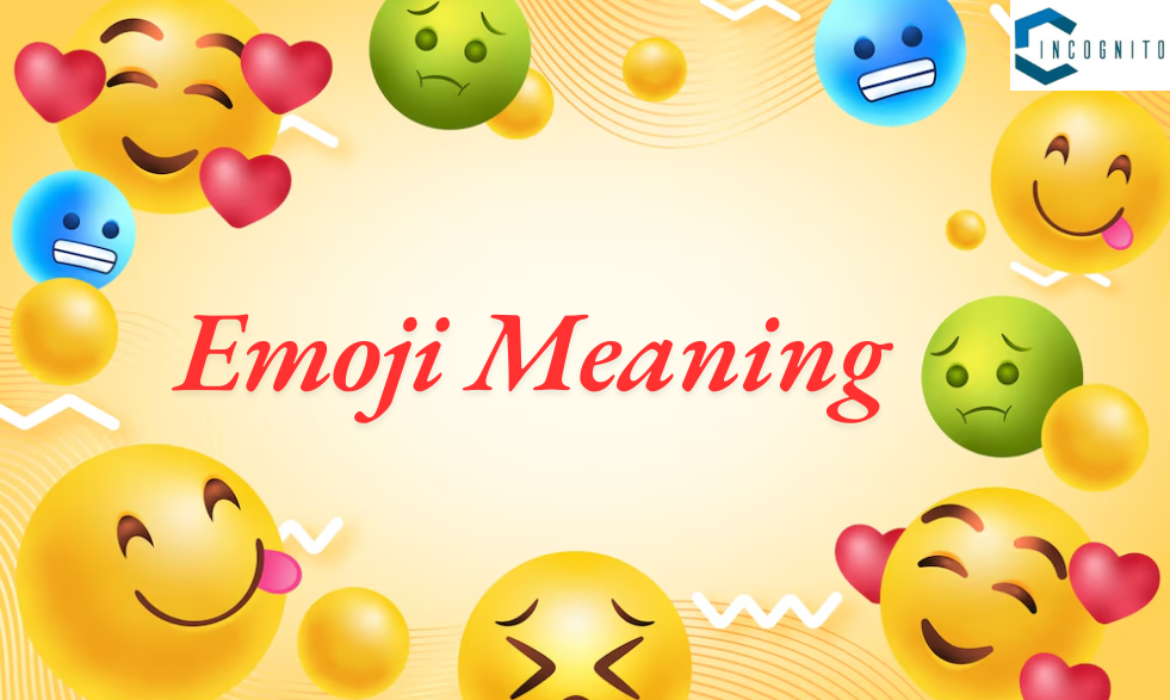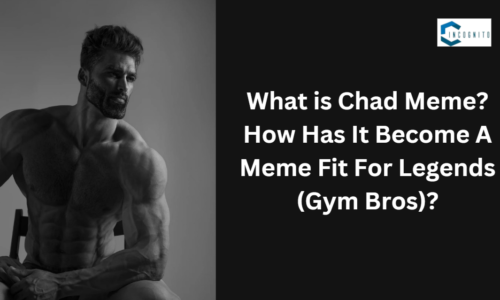
Emojis have become a part of the digital world of communication. However, they go beyond just being visual cues. They add emotional depth to messages and even sometimes convey and indicate certain contexts of meaning.
In this post we will talk about various contexts of emoji meaning along with examples to explain the usage.
Keep reading, keep learning!
Emoji Meaning
Remember, this list is not a comprehensive list but includes the most commonly and important emojis.
1. Emotional Expression
Emojis can be used to explain the feelings that people may not directly find the right words for in text form. They help in clarification what a sender feels.
Example: It had been such a terrible day at work 😞. I need time to relax.
2. Celebration and Joy
Some emojis are symbols of happiness and celebration, so they are the perfect way of celebrating the feel of happiness during some special events or achievements.
Example: Finally, we have launched the app! 🎉🎊. It has been a long journey.
3. Romantic Context
In conversations where love relationships exist, emojis can very effectively be used to express love and affection. At times words are not enough, and emojis help.
Example: You make my heart smile ❤️. I’ll be waiting to see you again!
4. Humor and Sarcasm
At times, emojis indicate that something is funny or ironic, thus making light of the statement. This will help the receiver to realize that this statement should be taken lightly.
Example: Oh sure, I totally believe you! 🙄. Just like I believe in fairy tales!
5. Workplace Communication
In the workplace, the use of emojis in your messages can really make them approachable and friendlier yet quite professional at the same time.
Example: Great job on the presentation! 👏 Your hard work really paid off! Looking forward to our next meeting.
6. Cultural Significance
Emojis can have different meanings based on cultures or particular local customs or social norms. Therefore, in a global communication context, knowledge of these nuances is important.
Example: In some places, the thumbs-up emoji 👍is considered an affirmation of something being great, while in other places it’s considered something bad to display to somebody.
7. Social Media Engagement
On platforms like Instagram and Twitter, emojis enhance posts by attracting attention and encouraging engagement. They can summarize emotions or themes quickly.
Example: Just finished an amazing book! 📚 ✨ Highly recommend it to all my friends!
8. Support and Encouragement
Emojis are often used to show support or encouragement in challenging situations, helping to uplift others.
Example: You’ve been working so hard! Keep it up! 💪You are almost there!
9. Food and Drink Conversations
Food emojis are the most common in talk about meals or their dining experiences that add flavor to discussions on culinary delights.
Example: Can’t wait for our dinner date tonight! 🍣🍷 Let’s try that new sushi place!
10. Travel and Adventure
Travel-related emojis can give expression to the excitement of some great trips or adventures awaiting, hence very popular among travelling enthusiasts.
Example: Off to explore the mountains this weekend! 🏔️✈️ Can’t wait for some fresh air!
Conclusion
Emojis are very contextual and potently meaningful through emotional depiction, cultural value, and communication nature. Therefore, if users grasp these contexts of emojis, they will be able to realize the full potential of emojis to give their digital communication proper depth and give out a true message.
Whether it’s excitement or some fun, support or just something else, emojis keep finding themselves so integral part of the contemporary language, filling gaps that words fail to express.
Learn more about Emojis and Meanings here
- How To Do Emojis On Chromebook?
- Skull Emoji: Dead serious or just LOLing?
- How to Use Emoji Kitchen in Your Messages
- What does WSG mean?
- What Does WYF Mean in Text?




